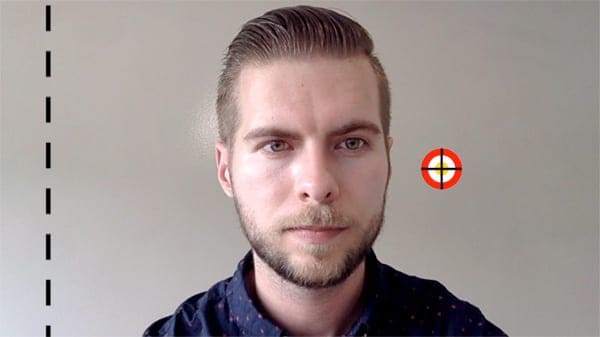What is the purpose of EyeQ Trainer?
The purpose of the EyeQ Trainer is to improve vision skills where dysfunction was identified by a Doctor with support from the Functional Vision EyeQ test.
What areas of the eye and brain does EyeQ Trainer claim to rehabilitate?
- Trains all 12 muscles of the eyes
- Rehabilitates all 6 movement systems of the eyes
- Promotes positive plasticity in those neural substrates that support claims 1 and 2
Why does EyeQ Trainer work?
EyeQ Trainer is based on well known and understood mapping of visual and brain circuits outlined by Dr. John Leigh and Dr. David Zee in The Neurology of Eye Movements. These circuits are activated when a person moves their eyes in certain directions using specific eye movements.
The six eye movement systems can be functionally divided into two categories according to Wong (2008). The first category are those eye movements that hold the image of a target steady on the retina. The second category of eye movements direct the fovea onto an object of interest.
Category 1: eye movements that hold the image of a target steady on the retina.
- The fixation system: holds the image of a stationary object on the fovea when the head is still.
- The vestibular system (also known as the Vestibular-Ocular Reflex[VOR]): holds the image of a target steady on the retina during brief head movements.
- The optokinetic system: holds the image of a target steady on the retina during sustained head movement.
Category 2: eye movements that direct the fovea onto an object of interest.
- The saccadic system: brings the image of an object of interest rapidly onto the fovea
- The smooth pursuit system: holds the image of a small, moving target on the fovea
- The vergence system: moves the eyes in an opposite direction (converging or diverging) so that images of a single object are held simultaneously on both fovea.
What proof is there that it works?
Validity by design also considered “face validity” or “priori validity” is concerned with whether the EyeQ Trainer measures or “trains” what is being claimed (above). The above musculature and circuitry is validated by medical research (e.g. Sharpe & Wong, 2005; Standring, 2016). Anatomy and physiology are further validated by Adler & Milhorat (2002) in over 100 human autopsy cases and by medical research such as magnetic resonance imaging (e.g. Alkan, Sigirci, Ozveren et al, 2004).
The EyeQ Trainer activates the eye movement muscles and circuitry through various training exercises. These exercises are digitized representations of standard clinical care and in-office therapies employed by functional neurologists and optometrists (Press, 2008). Furthermore, the American Optometric Association (AOA) paper titled Fact Sheets on Optometric Vision Therapy states: Optometric vision therapy (on which EyeQ Trainer is based) has been shown to be an effective treatment modality for many types of problems affecting the vision system. Furthermore, here are dozens of before and after case-studies available that demonstrate effectiveness of EyeQ Trainer exercises.
References
Adler, D.E. & Milhorat, T.H. (2002). The tentorial notch: Anatomical variation, morphometric analysis, and classification in 100 human autopsy cases. Journal of Neurosurgery, 96: 1103-1112.
Alkan, A. Sigirci, A., Ozveren, M.F. et al. (2004). The cisternal segment of the abducens nerve in man: three-dimensional MR imaging. European Journal of Radiology, 51: 218-222.
Leigh, R.J. & Zee, D.S. (2015). The Neurology of Eye Movements. 5th Ed. Oxford University Press. New York, NY.
Press, L.J. (2008). Applied Concepts in Vision Therapy. St Louis Mosby, St. Louis, MI.
Standring, S. (2016). Greys Anatomy: The Anatomical Basis of Clinical Practice. Elsevier. New York, NY.
Sharp, J.A., Wong, A.M. (2005). Anatomy and physiology of ocular systems. In Millar, N.R., Newman, N.J., Bi-Lippincott Williams a& Wilkins, 809-885.
Wong, A.M.F. (2008) Eye Movements Disorders. Oxford University Press. New York, NY. Pp. 15.






 Bethesda, Maryland, USA
Bethesda, Maryland, USA